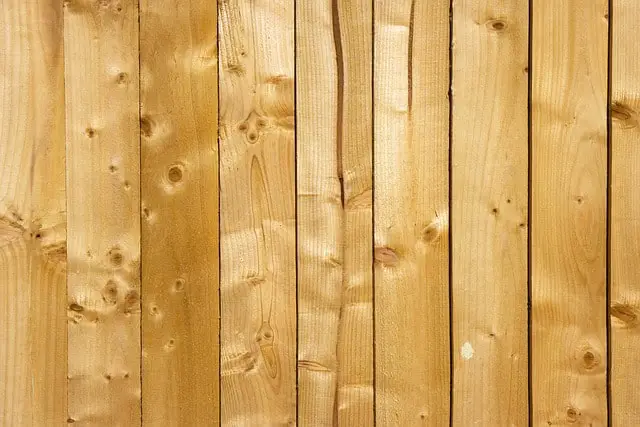Pine wood is commonly used as a source of firewood and can be burned as fuel. However, there are a few factors to consider when using pine as firewood:
- Quick Burning: Pine wood tends to have a higher resin content compared to other hardwoods. As a result, it ignites quickly and produces a hot flame. This makes it suitable for starting fires and providing immediate heat.
- Resin and Creosote: The resin in pine wood can lead to the buildup of creosote in chimneys and stove pipes. Creosote is a flammable substance that can cause chimney fires if not cleaned regularly. To prevent creosote buildup, it is recommended to burn pine wood in a well-maintained and properly ventilated system.
- Aromatic Properties: Pine wood has a distinct and pleasant aroma when burned, which many people find appealing. It can create a cozy and inviting atmosphere in indoor fireplaces or outdoor fire pits.
- Lower Energy Content: Compared to hardwoods like oak or maple, pine wood has a lower energy content. This means that it may burn more quickly and require more frequent refueling.
It’s important to note that using well-seasoned firewood is crucial regardless of the wood type. Properly seasoned pine wood has lower moisture content, which improves its burning efficiency and reduces the risk of excessive smoke or creosote buildup.
If you choose to burn pine wood, ensure it is properly seasoned, use it in combination with other hardwoods for longer-lasting fires, and practice regular chimney maintenance to ensure safety.
Other Uses For Pine Wood
Pine wood has a wide range of uses beyond burning as firewood. Here are some common applications of pine wood:
- Construction and Carpentry: Pine is a popular choice for construction projects and carpentry due to its availability, affordability, and workability. It is used for framing, flooring, paneling, doors, windows, and furniture.
- Furniture: Pine wood is often used in the manufacturing of furniture. Its light color and natural grain pattern make it suitable for a variety of styles, from rustic to contemporary. Pine furniture is commonly seen in bedrooms, living rooms, and dining areas.
- Cabinetry: Pine is commonly used for making cabinets and kitchen furniture. Its durability and ease of customization make it a suitable choice for cabinetry in homes, offices, and commercial spaces.
- Interior Trim and Moldings: Pine wood is frequently used for interior trim and moldings, such as baseboards, crown moldings, and window casings. Its versatility and ability to be stained or painted make it a popular choice for adding decorative elements to interior spaces.
- Crafts and DIY Projects: Pine wood is widely used by hobbyists, DIY enthusiasts, and crafters. It is commonly used for making small wooden crafts, shelves, picture frames, and other DIY projects.
- Packaging and Pallets: Pine wood is often used in the production of packaging materials, including crates, pallets, and shipping containers. Its strength, lightweight nature, and relative abundance make it suitable for these applications.
- Paper and Pulp: Certain species of pine trees, such as the Southern yellow pine, are commonly used for producing wood pulp used in paper manufacturing.
- Landscaping: Pine bark and pine straw are popular mulching materials used in landscaping and gardening. They help retain moisture, suppress weed growth, and add an attractive aesthetic to gardens and flower beds.
These are just a few examples of the many uses of pine wood. Its versatility, affordability, and availability make it a widely utilized material in various industries and applications.
Final thoughts
Pine wood can be used for burning but there are several considerations as listed above that should be adhered to. Ideally you will pick a different wood for burning that have better characteristics.
One thing that pine wood should not be used for is smoking foods. There are plenty of other woods to choose from for food smoking but pine should not be one of them and should be avoided.

